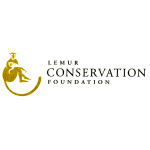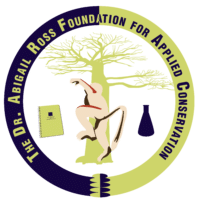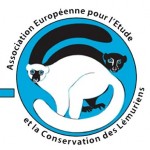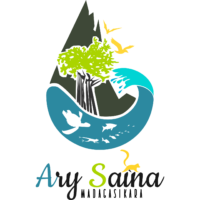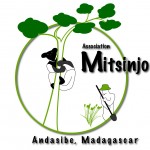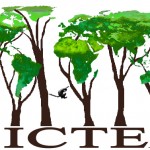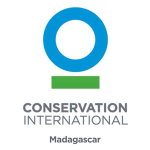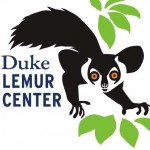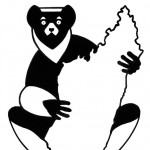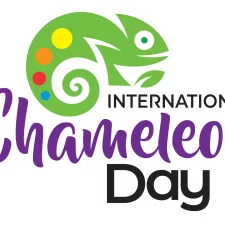Narrow conservation organizations and research groups by lemur species, what they do, and where they work in Madagascar.
- Lemurs they support
- Conservation work
- Community support
- Location
-
Lemur Conservation Foundation
Supporting Member of LCNThe Lemur Conservation Foundation is part of the Species Survival Plan through managed breeding at their reserve in Florida. In Madagascar, they support education programs and a tourist and research camp in Anjanaharibe-Sud Special Reserve, home to silky sifakas and indri.
-
The Dr. Abigail Ross Foundation for Applied Conservation (TDARFAC)
Supporting Member of LCNTDARFAC’s mission is to solve critical conservation problems by cultivating new approaches with innovative techniques and applications through the support of community-led initiatives. We focus on building capacity, amplifying voices, and partnering with local communities.
-
Wildlife Madagascar
Supporting Member of LCNWildlife Madagascar seeks to address Madagascar’s biodiversity crisis by integrating wildlife conservation programs with community development. They conduct scientific studies, provide habitat protection, and partner with local communities in training, resource use, and enterprise to create lasting and sustainable change.
-
AEECL
AEECL conducts community-based conservation in the Sahamalaza Peninsula in northwest Madagascar, including fire prevention, education, reforestation, and capacity building for ecotourism.
-
Ary Saina
Ary Saina is a group of Malagasy conservation biologists conducting scientific research and working with communities in the Ihofa Forest and Ranomafana National Park.
-
Aspinall Foundation
The Aspinall Foundation partners with local communities to implement effective, targeted conservation actions to protect a small number of high priority lemur species and their habitats, including greater bamboo lemurs, black-and-white ruffed lemurs, and indri.
-
Association Mitsinjo
Association Mitsinjo was created in 1999 by the residents of Andasibe village, and manages the forest station at Analamazoatra Special Reserve.
-
Bristol Zoological Society
Bristol Zoological Society works in the Sahamalaza peninsula of northwestern Madagascar to protect the remaining populations of the critically endangered blue-eyed black lemur and Sahamalaza sportive lemur.
-
Centre ValBio & the Institute for the Conservation of Tropical Environments
ICTE and Centre ValBio focus the world’s attention on Madagascar’s lemur crisis through targeted research, conservation, and capacity building. Their research station at the edge of Ranomafana National Park enables long term research and collaboration with the local community.
-
Conservation International
Conservation International has been working in Madagascar since 1980. Their work includes biodiversity protection, environmental policy, scientific research, grant-giving, publication and community programs, and has impacted over 30 lemur species.
-
Dahari
Dahari is the only Lemur Conservation Network member doing lemur conservation in the Comoros, a small nation just north of Madagascar and the only place where lemurs can be found naturally outside of Madagascar.
-
Duke Lemur Center
The Duke Lemur Center (DLC) advances science through interdisciplinary research on lemurs at its living laboratory in North Carolina. The DLC SAVA Conservation project conducts conservation through environmental education, community development, and research in northeast Madagascar.
-
ExplorerHome Madagascar
ExplorerHome makes science accessible for the public and scientists. It aims to inspire, nourish curiosity in Science Technology Engineering and Mathematics (STEM) fields, and increase STEM literacy in Madagascar.
-
German Primate Center
The Behavioral Ecology and Sociobiology Unit has been operating a field station in Kirindy Forest near Morondava since 1993, where they study 8 sympatric lemur species including Propithecus verreauxi and Microcebus berthae.
-
GERP: Groupe d’étude et de recherche sur les primates de Madagascar
With nearly 200 Malagasy members, including scientists and primatologists, GERP works with local communities to conserve lemurs and manages the Maromizaha forest in eastern Madagascar.

